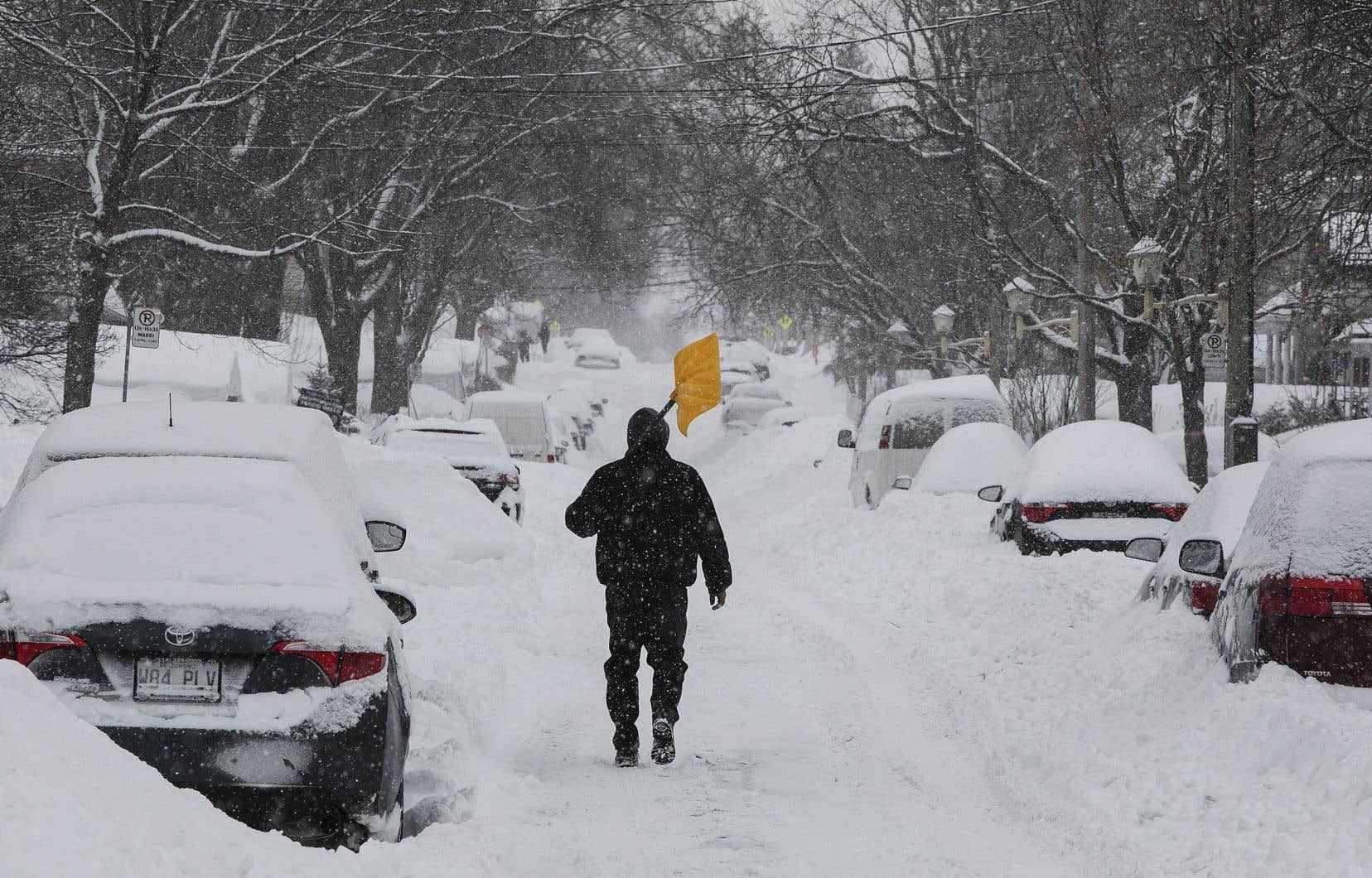The snowstorm announced last Monday for several regions of Quebec, Ontario and New Brunswick will begin to fall as of this Wednesday evening according to weather reports transmitted at the end of the night by Environment Canada.
The federal agency confirms that snow accumulations of 15 to 30 centimeters are expected for all regions along the St. Lawrence Valley, from Montreal to Gaspé, and that moderate to strong winds will accompany this snow and should create blowing snow in places. It will be the same for Estrie and Beauce, as well as for the Laurentians.
In the Outaouais, precipitation should be a little lower, 15 to 20 centimeters.
On eastern Gaspésie and on the North Shore, the snow could change to rain starting Thursday afternoon, with a risk of freezing rain during the transition. Storm surges are possible during high tide hours from Thursday evening to Friday morning in certain areas of Gaspésie and the Lower North Shore.
The regions of Abitibi-Témiscamingue, Haute-Mauricie and Saguenay-Lac-Saint-Jean will get away with it: they are not subject to any special weather forecast.
In most parts of central and northern New Brunswick, snow at times heavy will change to rain Thursday afternoon.
Further south, some 20 millimeters of rain could fall in the Moncton area.
The Saint John area will experience heavy rain and strong winds, with southeasterly gusts of up to 80 kilometers per hour. 40 to 50 millimeters of rain are forecast along the Bay of Fundy coast.
In Nova Scotia, the total amount of rain expected in Halifax will range from 25 to 50 millimeters, but could reach 70 millimeters in the southwest of the province. Further northeast, the Cape Breton Peninsula will be swept by southerly winds gusting to 90 to 100 kilometers per hour.
No special weather statements have been issued for Prince Edward Island.
Environment Canada predicts nearly 15 centimeters of snowfall for southwestern Ontario, in the Windsor and Niagara regions, and about 20 centimeters for the Toronto metropolitan area and Kingston.
